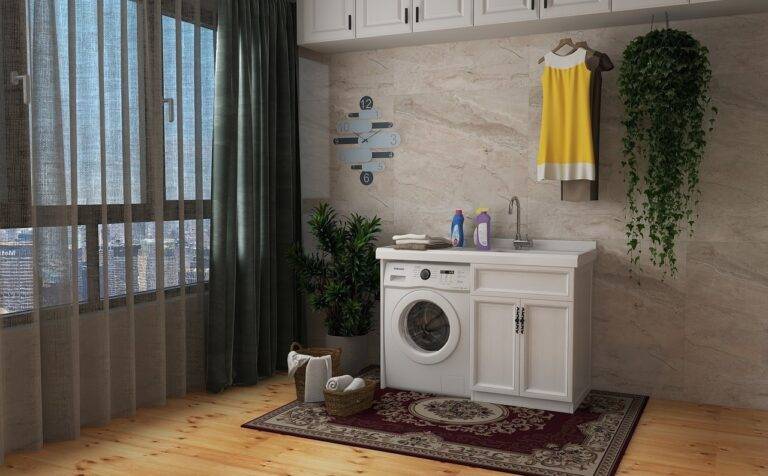Tips for Designing a Home That Maximizes Natural Light
Windows play a crucial role in the overall ambiance of a space. When considering window placement, it is essential to think about the room’s functionality and the natural light it will receive throughout the day. Placing windows strategically can enhance the aesthetics of the room while also optimizing natural light intake.
In addition to considering the direction and size of windows, it is important to think about the view outside. Positioning windows to frame a beautiful view can create a seamless connection between the indoor and outdoor spaces. Moreover, proper window placement can also affect the ventilation and airflow within a room, contributing to a more comfortable and inviting environment.
Utilize Light-Reflective Surfaces
When designing a space, the strategic use of light-reflective surfaces can significantly enhance the overall brightness and ambience. By incorporating materials such as mirrors, glass, or metallic finishes, you can effectively bounce natural light around the room, creating a luminous and airy feel. These surfaces not only amplify the natural light present but also make artificial lighting more efficient, reducing the need for extra light sources during the day.
In addition to illuminating the space, light-reflective surfaces can also add a touch of elegance and modernity to the decor. A well-placed mirror or a glossy accent piece can visually expand the room, making it appear larger and more inviting. Whether used in small doses as decorative elements or on larger surfaces like walls or countertops, incorporating light-reflective materials can transform the ambiance of any space, making it more welcoming and visually appealing.
How can I make the most of natural light in my space?
One way to maximize natural light is by strategically placing windows in your space to allow for optimal light entry.
What are some examples of light-reflective surfaces?
Light-reflective surfaces include mirrors, glass, polished metals, and glossy paint finishes.
How do light-reflective surfaces help to brighten a space?
Light-reflective surfaces help to bounce and amplify natural light, making a space appear brighter and larger.
Are there any specific areas where light-reflective surfaces work best?
Light-reflective surfaces work best in areas that receive natural light, such as near windows or in rooms with good natural light exposure.
Can light-reflective surfaces help to reduce energy costs?
Yes, by utilizing light-reflective surfaces, you can reduce the need for artificial lighting during the day, ultimately lowering energy costs.





